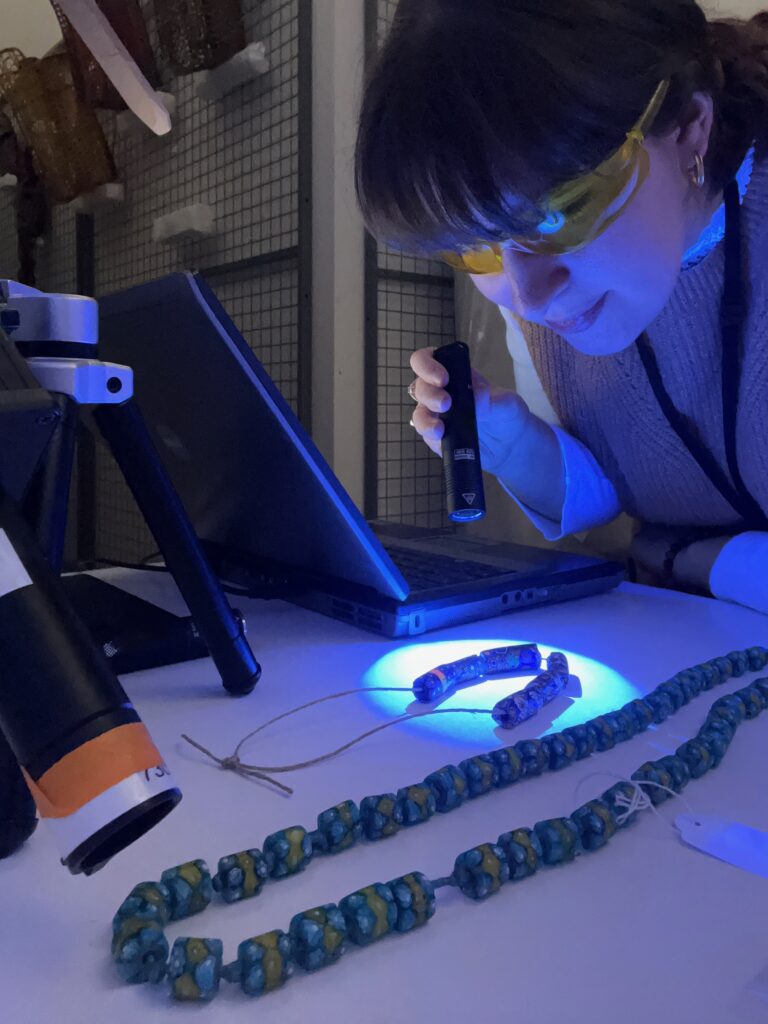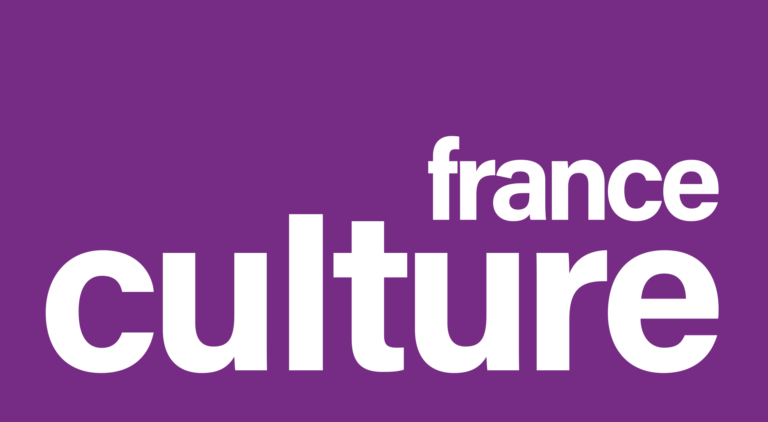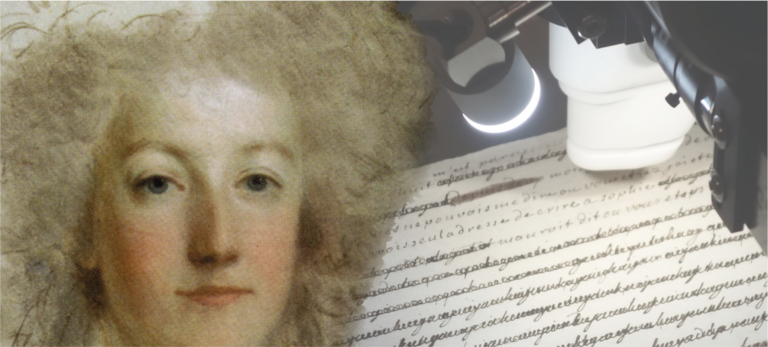Vendredi 8 juillet 2022 – 10h30-12h
Ce mois ci, le séminaire de recherche a pour thématique l’altération physico-chimique des peintures à huile sur toile, à travers les travaux de Chloë Coustet (stagiaire M2) et Victor Gonzalez (Dr.).
10h30 – Study of the singular degradations of paintings from 1958-1960 by Pierre Soulages
Chloë Coustet – Stagiaire M2 (université de Bologne) à IPANEMA
Institut Photonique d’analyse non-destructive européen des matériaux
anciens (IPANEMA), site du Synchrotron SOLEIL, 91190 Saint-Aubin
Some paintings by Pierre Soulages from the late 1950s show singular degradations, including cleavages, softening of the binder, whitening of the surface, and dripping off the impasto. The PhD project NOIRœS led by Pauline Hélou-de La Grandière, aims to elaborate solutions of stabilization, restoration, and diagnosis methods of these alteration phenomena. Within this framework, we developed a methodology of analysis to characterize the chemical composition of the different layers of paint from micro-fragments. This research is focused on a specific period, between June 1959 and December 1960, during which Pierre Soulages completed more than 70 paintings. Among these works, Pauline Hélou-de La Grandière had the opportunity to sample fragments over the past 15 years from 20 paintings preserved both in private and public collections, which offers the possibility to exhaustively study a set of samples representative of the variety of alterations. These samples either come from the paint layers applied by the artist in altered areas or from fragments of pre-primed canvas, where a layer of preparation was applied by the artist’s Parisian supplier.
The analytical protocol implemented, based on the use of infrared, luminescence, scanning electron microscopy and synchrotron X-ray fluorescence allow for an intercomparative study of the various stratigraphic layers from well-preserved and damaged paintings. The goal is to identify the degradation products and to document the variations in composition and layout of the paint layers applied by the artist within the corpus of works studied. The results will enable the evaluation of the correlation between the materials used and the state of conservation over time.
11h15 – Deciphering the in-situ formation of lead-based compounds in Rembrandt’s Night Watch
Victor Gonzales – Chercheur postdoctoral au PPSM, ENS Paris Saclay
Laboratoire de Photophysique et Photochimie Supramoléculaires et Macromoléculaires (PPSM) – ENS Paris-Saclay – Bâtiment Nord – 4U59
4, avenue des Sciences, 91190 Gif-sur-Yvette
Paintings are dynamic system : chemical interactions within paint layers can result in the in-situ formation of non-original compounds. Explaining the origin of these neo-formed materials not only allows insights into the artistic processes of artists but also yields new assets for the long-term preservation of their artworks.
This communication will present research carried out at the Rijksmuseum in the framework of Operation Night Watch, aimed at deciphering potential alteration mechanisms affecting Rembrandt’s pictorial matter. Special focus will be put on the lead-based products, omnipresent in Rembrandt’s palette, and their associated alteration compounds : the chemical pathways leading to the formation of lead-sulfates and lead-formates will be studied.
The presentation will illustrate the complementarity of structural and molecular data collected at the micro-scale on carefully designed model systems and on paint samples taken on the artwork. Relying on the analytical power of synchrotron sources, it was possible to discriminate between the multiple inorganic products present in complex paint stratigraphies, but also to provide detailed information on their microstructure.



